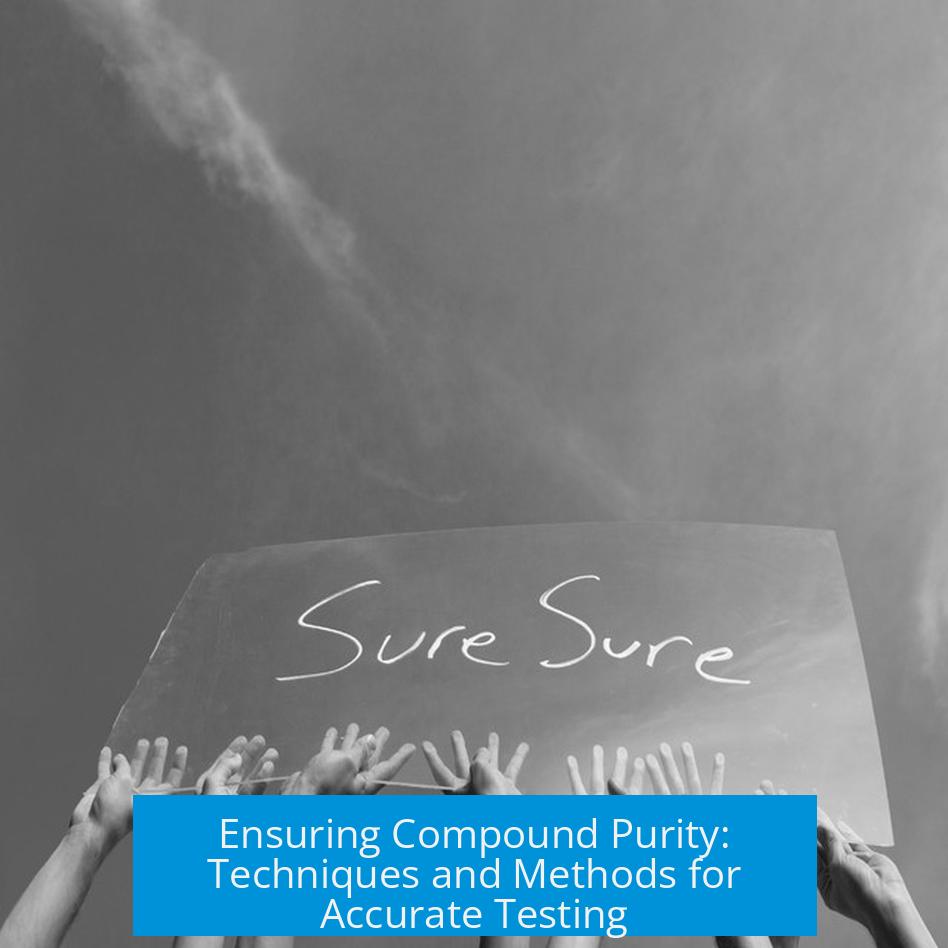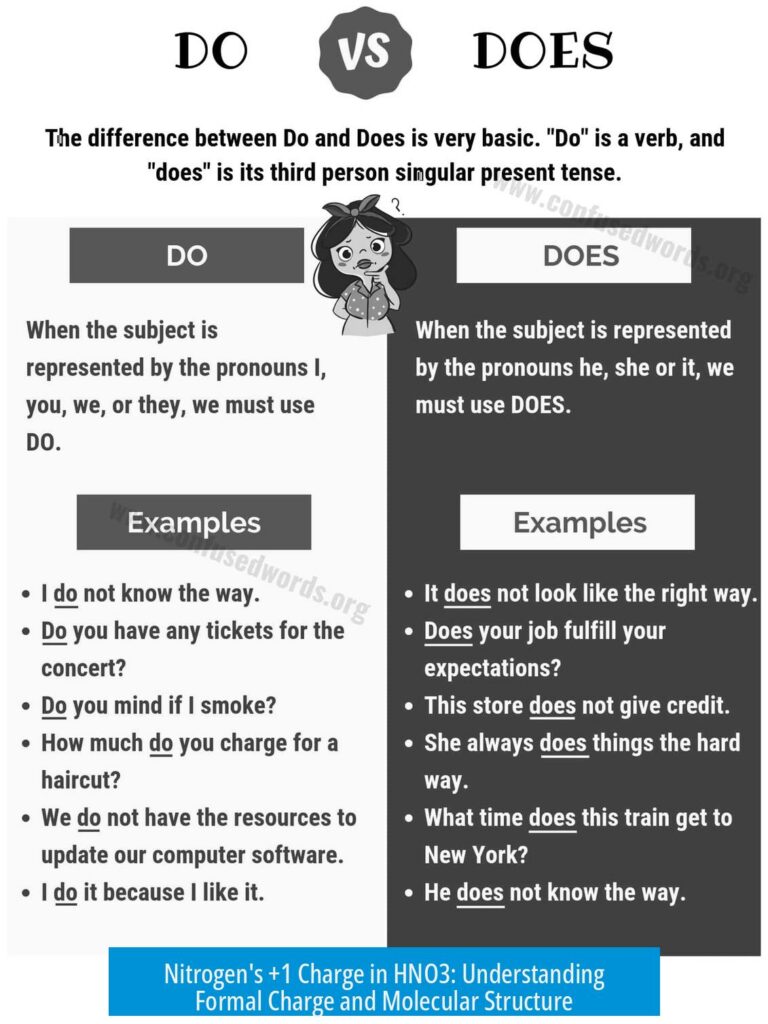How to Be Sure of Purity of a Compound?

Determining the purity of a compound involves using several complementary techniques, since no single method guarantees absolute certainty. By integrating visual inspection, melting point analysis, chromatographic and spectroscopic methods, and elemental analysis, one can obtain a reliable assessment of purity.
Visual Appearance
A preliminary check without instruments involves inspecting the compound’s physical traits. Pure compounds often have characteristic appearances. For example, if a compound is described as crystalline and yellow, but the sample is a brown oil, it likely lacks purity.
While this does not confirm chemical identity, visual clues serve as an immediate red flag for impurities or synthesis failure. Appearance assessment is quick and easy but rough and qualitative.
Melting Point Analysis
Melting point is a classical method to gauge purity, especially for solids. Pure compounds exhibit sharp melting points within a narrow temperature range. Impurities tend to lower and broaden the melting point range.
If a pure reference standard is available, comparing the sample’s melting point to the standard helps check purity. Differences indicate contamination or incomplete purification.
Melting point alone cannot quantify purity but complements other tests effectively.
Thin Layer Chromatography (TLC)
TLC provides a quick and inexpensive qualitative evaluation of a compound’s purity. It separates components based on differential movement over a silica or alumina coated plate under solvent action.
- Pure compounds usually show a single spot under UV or staining.
- Multiple spots indicate impurities or byproducts.
- Using several solvent systems or reagents can improve detection of impurities.
TLC works best when comparing the sample with a pure reference standard. It requires minimal setup but doesn’t measure concentration or provide quantitative data.
Elemental Analysis
Elemental analysis measures the percentage composition of elements—commonly carbon, hydrogen, nitrogen—in the compound. Comparing experimental values with theoretical percentages confirms both identity and purity.
This method is highly reliable for purity assessment and quantifies deviations due to impurities. It often involves sending samples to specialized laboratories.
Typical academic cost is modest. For commercial analysis, prices rise but still provide clear benefits.
Additional Instrumental Techniques
Other methods include advanced chromatographic and spectroscopic techniques:
- Gas Chromatography (GC) or High-Performance Liquid Chromatography (HPLC): Separate components and quantify impurities accurately.
- Nuclear Magnetic Resonance (NMR) Spectroscopy: Identify chemical structure and detect impurities that alter spectra.
- Titrations: Quantify reactive functional groups if suitable reagents are available.
- Crystallization Tests: Purify compounds and indirectly assess purity through yield and crystal quality.
Combining multiple methods increases confidence in purity evaluation. If the compound fails any one test, additional purification or analysis is necessary.
Qualitative vs Quantitative Purity Testing
Two main types of purity assessment exist:
- Qualitative: Identifies presence of impurities or verifies expected components in the sample. Examples include TLC and NMR spectra inspection.
- Quantitative: Measures the proportion of the desired compound relative to impurities. Elemental analysis, GC, HPLC, and titrations provide this data.
Often, quantitative analysis relies on calibration curves or specific chemical reactions to ensure accuracy.
Integrated Approach to Confidence in Purity
Since purity depends on the compound’s nature and synthesis method, no single test suffices. Experts recommend:
- Performing visual inspection first for gross anomalies.
- Using melting point and TLC for qualitative checks with reference standards.
- Employing elemental analysis or chromatographic methods for quantitative confirmation.
- Applying complementary spectroscopic methods like NMR for detailed structure and impurity identification.
- Repeating tests if results contradict, ensuring thorough verification.
This multidisciplinary strategy reduces false positives or negatives and builds a stronger case for purity confirmation.
Summary of Key Points
- Visual inspection provides quick, qualitative indications about crude purity.
- Melting point analysis reveals purity by sharpness and consistency of melting behavior.
- TLC detects impurities via separation profiles compared to a pure standard.
- Elemental analysis offers quantitative, reliable purity assessment.
- GC, HPLC, NMR, and titrations are advanced quantitative tools for purity and identity.
- Use multiple, complementary tests to confirm purity thoroughly.
- Reference standards critically improve the interpretation of each method.
How can melting point analysis help confirm the purity of a compound?
Pure compounds have a sharp melting point. If your sample melts over a range or at a different temperature, it may contain impurities. Comparing with a pure reference standard improves reliability.
Why is elemental analysis considered reliable for purity testing?
Elemental analysis measures the exact percentage of elements in a compound. If results match the expected values, purity is likely high. It offers quantitative data and is cost-effective for single samples.
Can visual appearance alone determine compound purity?
Appearance gives a quick hint. If a compound is supposed to be crystalline and yellow but looks like an oily brown liquid, it may be impure. However, this method doesn’t confirm the exact identity.
What role does thin-layer chromatography (TLC) play in purity assessment?
TLC can separate components in a mixture. A single spot matching a pure standard suggests high purity. It is quick, cheap, and useful but requires a reference for clear interpretation.
Is using multiple methods necessary to confirm purity?
Yes. One method may miss impurities. Combining melting point, TLC, elemental analysis, and instrumental techniques increases confidence. Failing any test indicates more purification is needed.





Leave a Comment